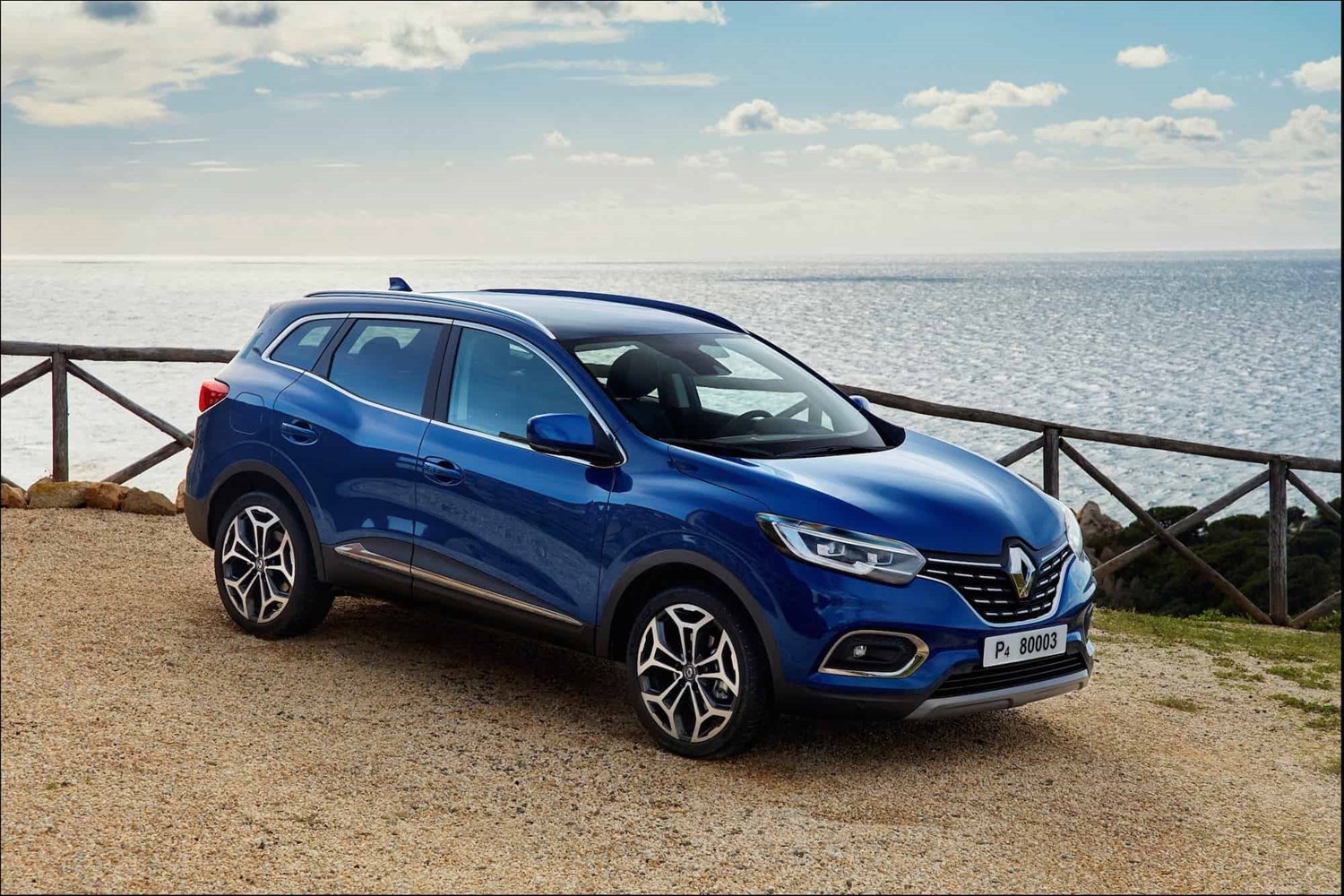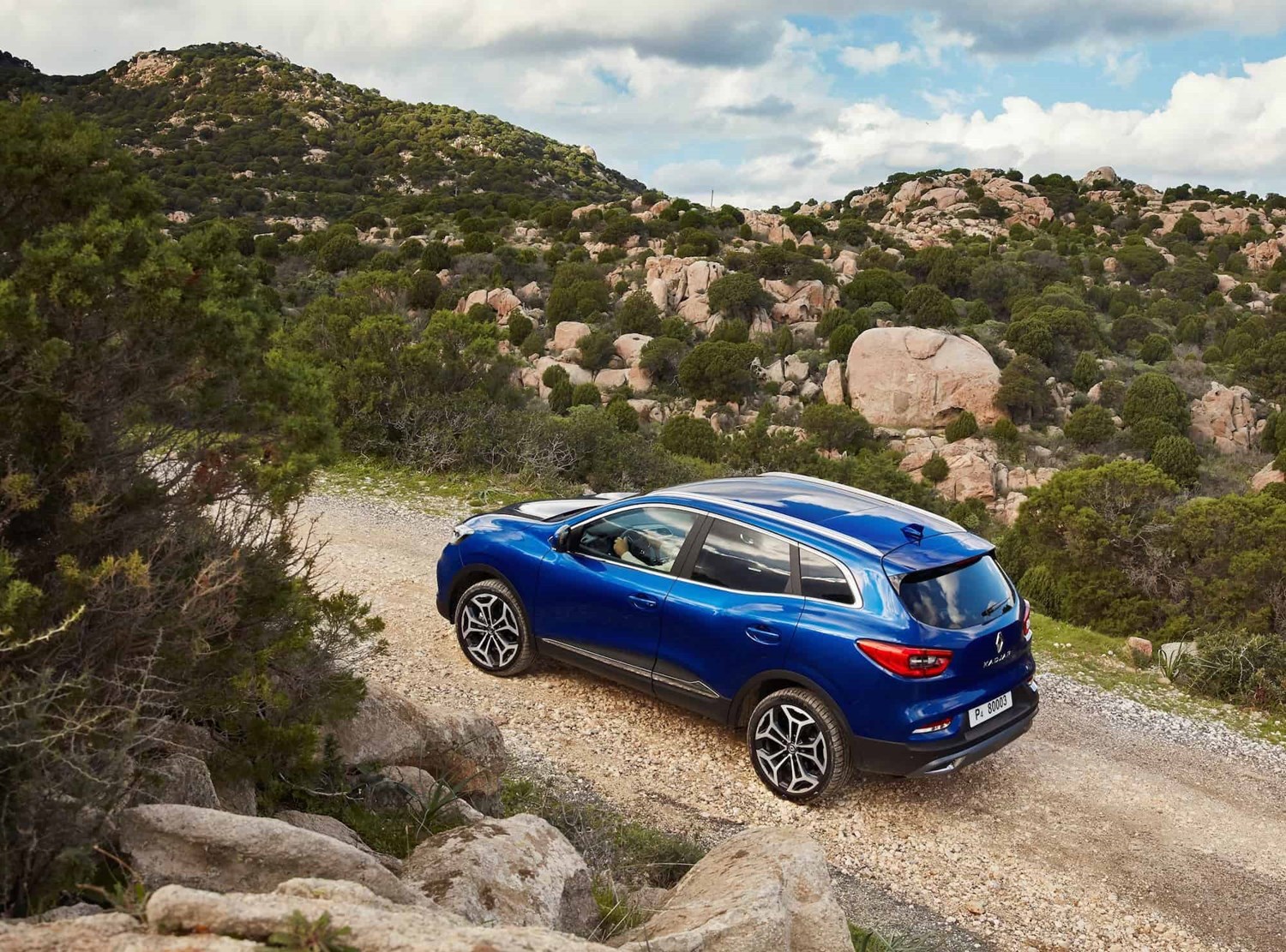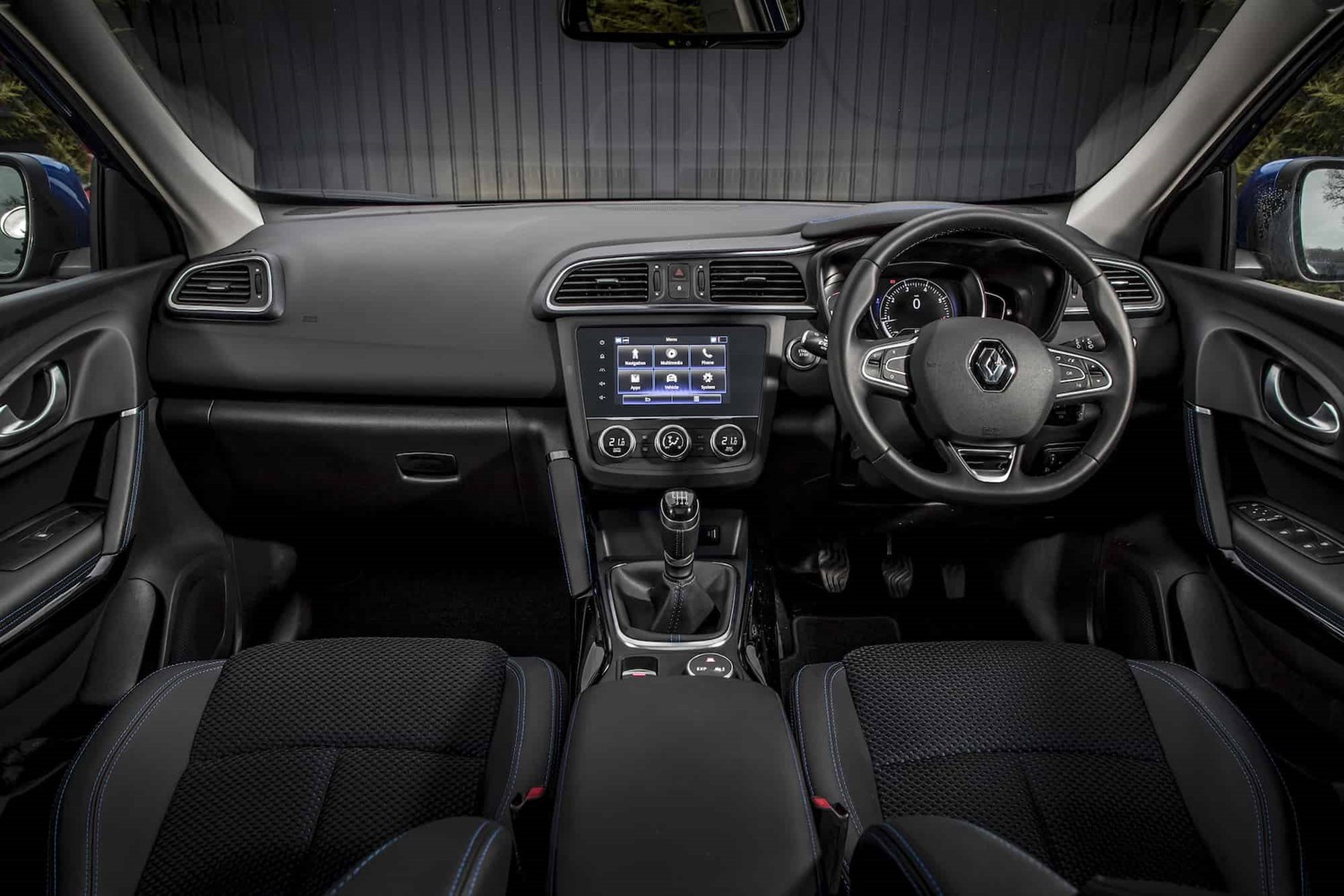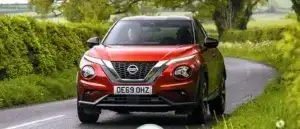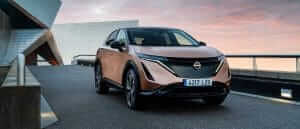Current model
Speaking of support from Renault, let’s get into the specifics. While the Kadjar’s still in its first-generation – at time of writing – it has received updates and, for 2018, a notable facelift.
The biggest addition to the car is the introduction of 1.3-litre petrol engine alongside a new 1.5-litre diesel unit. On the styling side of things, the model’s been given a wider front grille, additional chrome detailing and LED headlights fitted to the range-topping variants.
As with the rest of the Renault range, the manufacturer’s ‘EasyLife’ trim policy has been implemented on the Kadjar. This basically just means the number of trim and engines has been simplified in order to make the buying process a bit simpler.
Out on the road, the Kadjar is delightfully nice to drive. Sure, it’s no sports car, but in the crossover class it’s one of the better choices when it comes to getting behind the wheel. Our only complaint is that, on models with larger wheels, the ride can be a little jarring at lower speeds.
Value for money
New Renault Kadjar models start at £20,600, which puts it in line with its closest rivals, such as the £19,995 Nissan Qashqai and the £21,945 Skoda Karoq. The Kadjar, as well as those two crossovers, offers properly good value for money. Buyers get a chic compact SUV for around the same price as a family hatchback – what’s not to like?
On the used market, the car can be had for a bargain. The cheapest versions start at around £7,000 – high-mileage but still under four-year-old examples. Though cars with under 50,000 miles still go for an impressive price – circa £8,500. Facelift versions will naturally go for more, but the Kadjar’s still a bargain nonetheless.
Looks and image
The Kadjar, especially in post facelift form, is quite a looker. The muscular and fairly rugged design strikes a happy medium – it’s interesting enough to stand out, but not too bold and brash that buyers would be afraid to be seen in it.
The interior, on the other hand, focuses on functionality over design. While this may be a good thing for those wanting a simplistic cabin – everything is a nicely laid out – it might disappoint those wanting the flare from the outside to carry into the car’s cabin.
